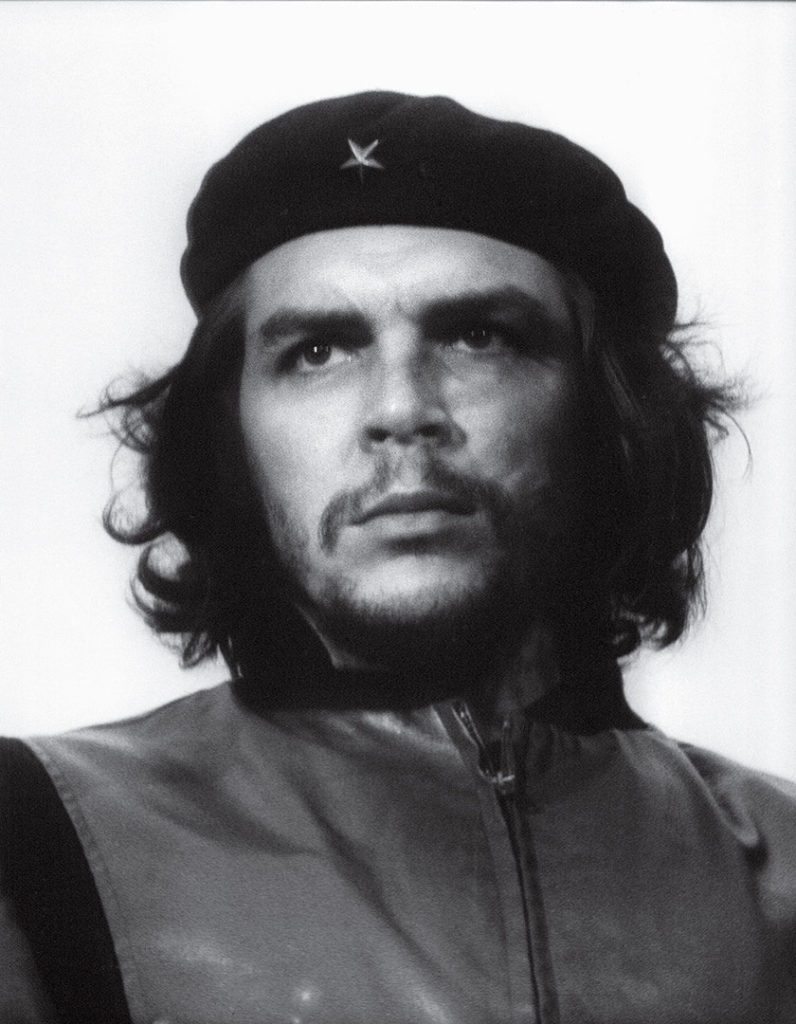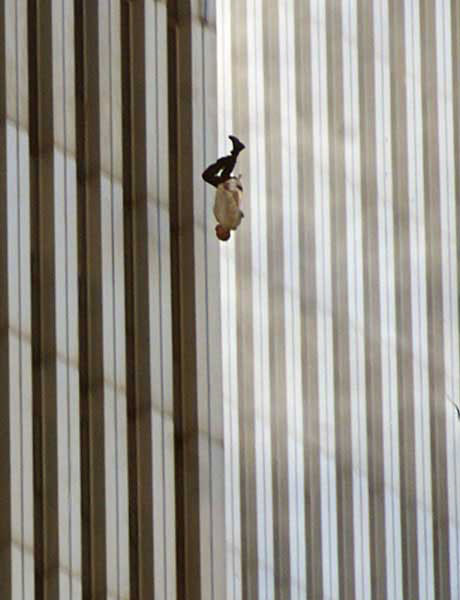
Alberto Korda,Guerrillero Heroico 1960
Just before Alberto Korda took this iconic photograph of Cuban revolutionary Che Guevara, in Havana Harbor a ship had exploded , killing dozens of dockworkers and the entire crew. Covering the funeral for the newspaper Revolución, Korda focused on Fidel Castro, who in an raging speech, accused the U.S. of causing the explosion. The two frames he shot of Castro’s young ally were a seeming afterthought, and they went unpublished by the newspaper.
After Guevara was killed leading a guerrilla movement in Bolivia nearly seven years later, the Cuban regime embraced him as a martyr for the movement, and Korda’s image of the beret-clad revolutionary soon became its ever lasting symbol.
Overall, Guerrillero Heroico was seized by artists, causes and admen around the world, appearing on everything from protest art to underwear to soft drinks. It has become the cultural shorthand for rebellion and one of the most recognizable and reproduced images of all time, with its influence long since transcending its steely-eyed subject.
From a photographic prospective of what makes an image iconic; a lot of professional photographers would say that an angle of a portrait can make the difference of a “basic photo” of another person and making a person look heroic and powerful, only by taking the photo from lower angle like the photographer above has done.

The Falling Man
The most widely seen images from 9/11 are of planes and towers, not people. Falling Man is one of those few. The photo was taken by Richard Drew and in the moments after the 11th September 2001 attacks. This one man’s escape from the collapsing buildings was a symbol of individuality against the backdrop of faceless skyscrapers. On a day of this tragedy, Falling Man is one of the only widely seen pictures that shows someone dying without the gore. The photo was published in newspapers around the U.S. in the days after the attacks, but backlash from readers forced it into being less publicized as many people felt traumatized just by looking at the photo as well as saying it was extremely morbid. It can be a difficult image to process, as many have said, but the man perfectly bisecting the iconic towers as he drops toward the earth has an artistic feel to it as dreadful as that sounds. The Falling Man’s identity is still unknown, but he is believed to have been an employee at the Windows on the World restaurant, which was on the top of the north tower. The true power of Falling Man is less about who its subject was and more about what he became.

Well done…this is mostly clear with a personal edge to it too. Remember to add hyperlinks / other visual examples where you can…and make connections throughout your writing.
Good luck with your development from here…